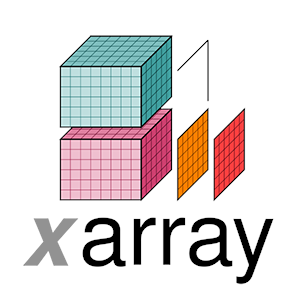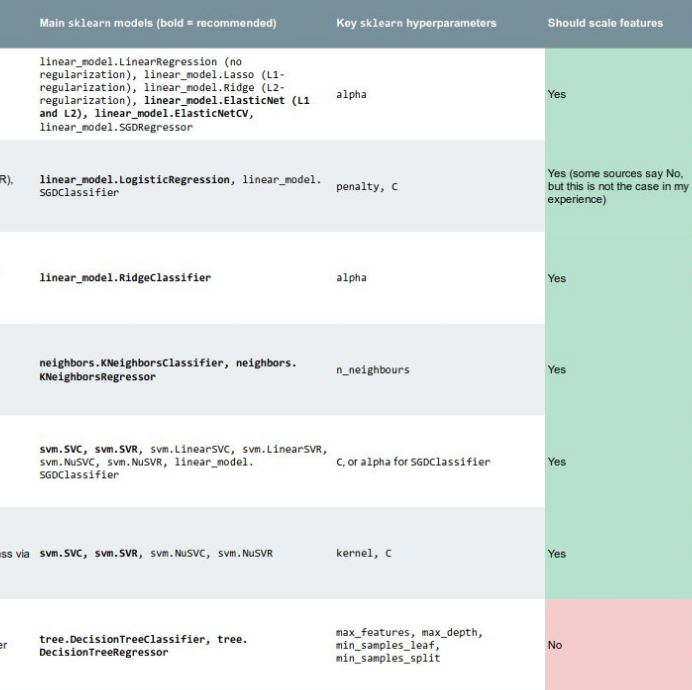Wiki world of geoscience
/ This weekend, I noticed that there was no Wikipedia article about Harry Wheeler, one of the founders of theoretical stratigraphy. So I started one. This brings the number of biographies I've started to 3:
This weekend, I noticed that there was no Wikipedia article about Harry Wheeler, one of the founders of theoretical stratigraphy. So I started one. This brings the number of biographies I've started to 3:
- Karl Zoeppritz — described waves almost perfectly, but died at the age of 26
- Johannes Walther — started as a biologist, but later preferred rocks
- Harry Wheeler — if anyone has a Wheeler diagram to share, please add it!
Many biographies of notable geoscientists are still missing (there are hundreds, but here are three):
- Larry Sloss — another pioneer of modern stratigraphy
- Oz Yilmaz — prolific seismic theoretician and practioner
- Brian Russell — entrepreneur and champion of seismic analysis
It's funny, Wikipedia always seems so good — it has deep and wide content on everything imaginable. I think I must visit it 20 or 30 times a day. But when you look closely, especially at a subject you know a bit about, there are lots of gaps (I wonder if this is one of the reasons people sometimes deride it?). There is a notability requirement for biographies, but for some reason this doesn't seem to apply to athletes or celebrities.
I was surprised the Wheeler page didn't exist, but once you start reading, there are lots of surprises:
- Sequence stratigraphy does not mention Wheeler, Sloss, or even Peter Vail.
- Zoeppritz equations does not contain Zoeppritz's equations.
- SEG has a better page than the AAPG and CSPG, and CSEG doesn't have one at all.
I run a geoscience wiki, but this is intended for highly esoteric topics that probably don't really belong in Wikipedia, e.g. setting parameters for seismic autopickers, or critical reviews of subsurface software (both on my wish list). I am currently working on a wiki for AAPG — is that the place for 'deep' petroleum geoscience? I also spend time on SEG Wiki... With all these wikis, I worry that we risk spreading ourselves too thinly? What do you think?
In the meantime, can you give 10 minutes to improve a geoscience article in Wikipedia? Or perhaps you have a classful of students to unleash on an assignment?
Tomorrow, I'll tell you about an easy way to help improve some geophysics content.



































 Except where noted, this content is licensed
Except where noted, this content is licensed